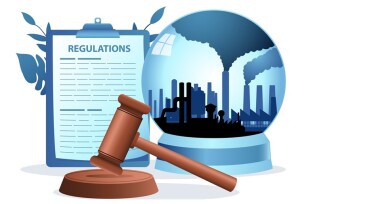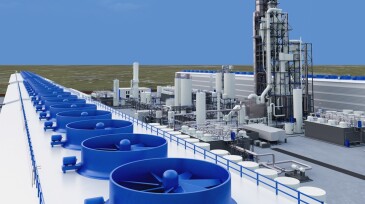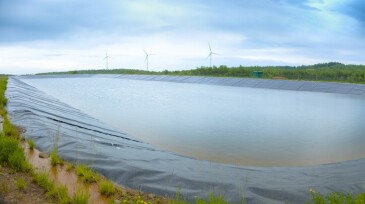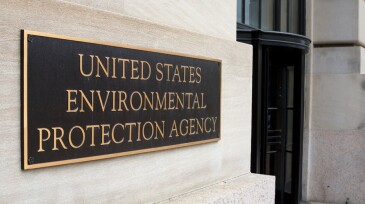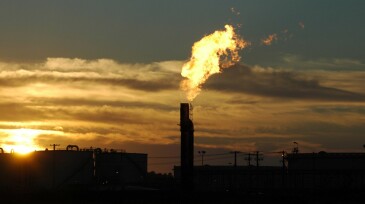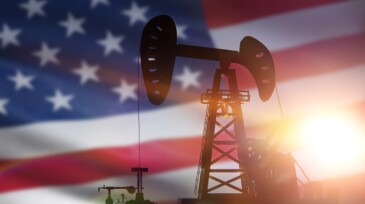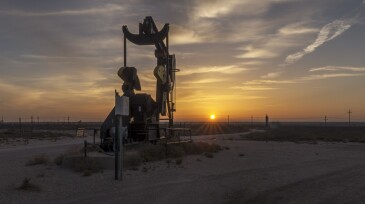Environmental Protection Agency
-
The ruling means the state will take over permitting and enforcement of EPA regulations pertaining to all classes of wells, including injection wells for carbon dioxide storage.
-
The agency’s administrator said the program “does nothing to improve air quality.”
-
The storage permits, the first of their kind, allow the Stratos facility to move forward with plans to capture and store up to 500,000 tonnes of carbon dioxide per year.
-
The agency said it wants to modernize the rules and expand the potential uses for produced water.
-
The new look at the plan involves considerations for national security.
-
This article explores three key themes for the oil and gas sector: the evolution of methane regulation at the state and federal levels, a preliminary forecast of why and how methane regulation will continue, and practical ways the oil and gas sector can prepare for enhanced enforcement scrutiny.
-
The funding, aimed to help small operators, builds on nearly 100 cross-government actions designed to sharply reduce methane pollution.
-
Wood Mackenzie analysis projects a full repeal of the Inflation Reduction Act is unlikely, while industry proponents urge permitting overhaul and loosening of burdensome regulations.
-
The rule, part of the Inflation Reduction Act established by Congress, allows the Environmental Protection Agency to charge large emitters of methane if they surpass specific levels.
-
With shaky state funding and the EPA hamstrung by the Supreme Court, New Mexico could face a future with reduced protections.
Page 1 of 6


